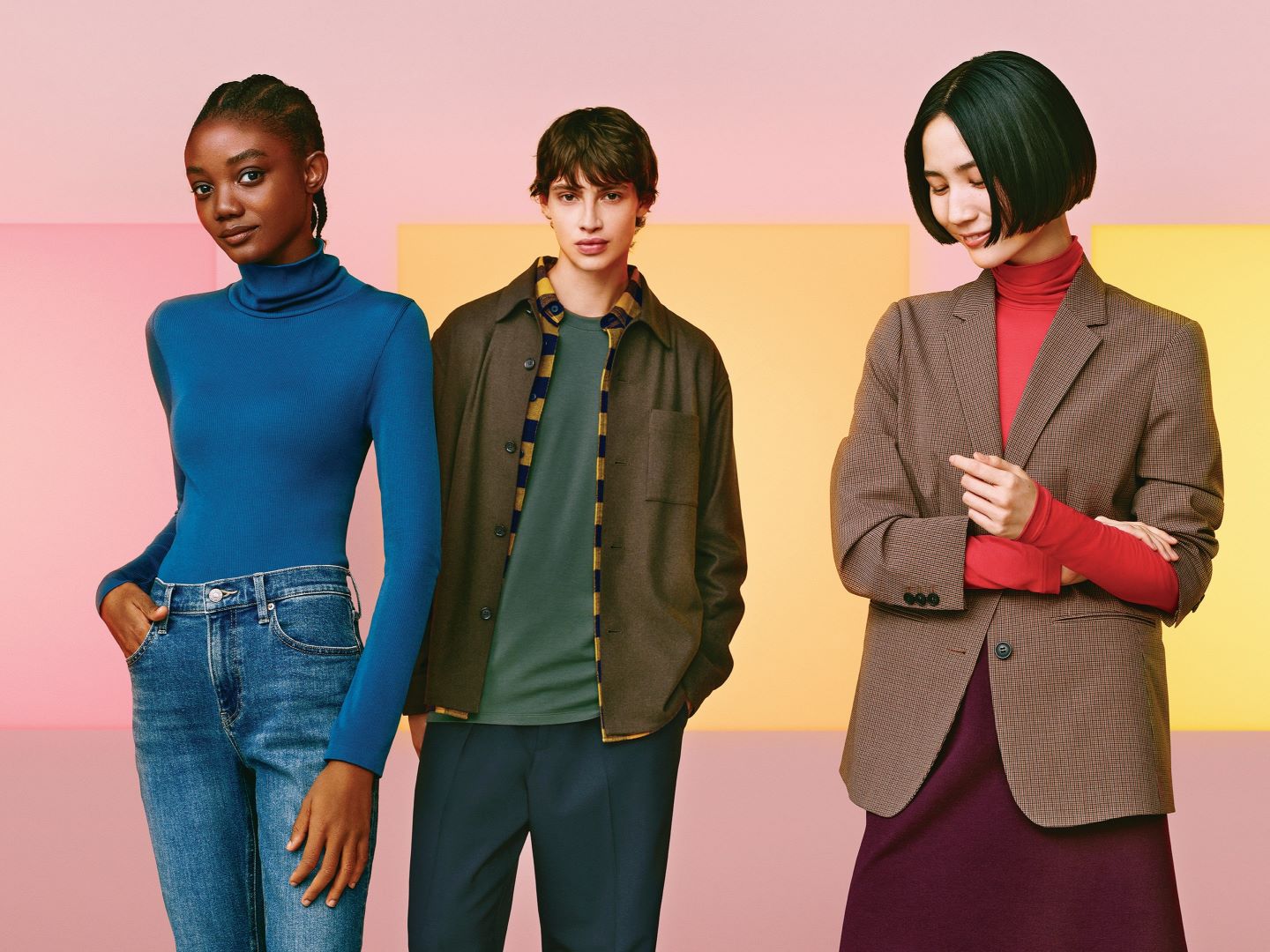
Uniqlo started introducing its technologically impressive HeatTech line which took the fashion world by storm (All photos: Uniqlo)
Dressing fashionably throughout colder months is arguably more difficult than dolling up in less frigid seasons. When the temperature drops below 10°C, most people will start wrapping themselves up in at least three layers of clothes if they want to leave the house comfortably. Layering certainly keeps you warm, but it can also make you look out of shape.
While apparel company Uniqlo, founded by Tadashi Yanai in 1949 in Yamaguchi, Japan, has been making clothes for men, women and children since its inception, it was not until 2003 that the brand started introducing its technologically impressive HeatTech line which took the fashion world by storm. The chairman, president and CEO of Uniqlo has always highlighted the brand’s commitment to making clothes with robustness, while providing a rich line-up of affordable apparel with timeless and functional designs.
For the uninitiated, HeatTech is an innovative fabric made up of micron-sized fibres that capture the energy of water molecules emitted from the body and convert them into warmth while retaining heat. The invention aims to free customers from traditional bulky winter wear and allow them to fully enjoy dressing up for the season.
With such an ambitious goal, Uniqlo needed a reliable collaborator to help realise its objective and perfect the product. Three years after launching HeatTech, the brand entered into a partnership with Toray Industries Inc, a Japanese fibre and textile manufacturer known for its prowess in producing advanced materials. Founded in 1926, Toray came into the picture with 80 years’ experience in original technology development and has been working closely with the retailer for the production of HeatTech and Airism till today.
231120_tour345.jpg
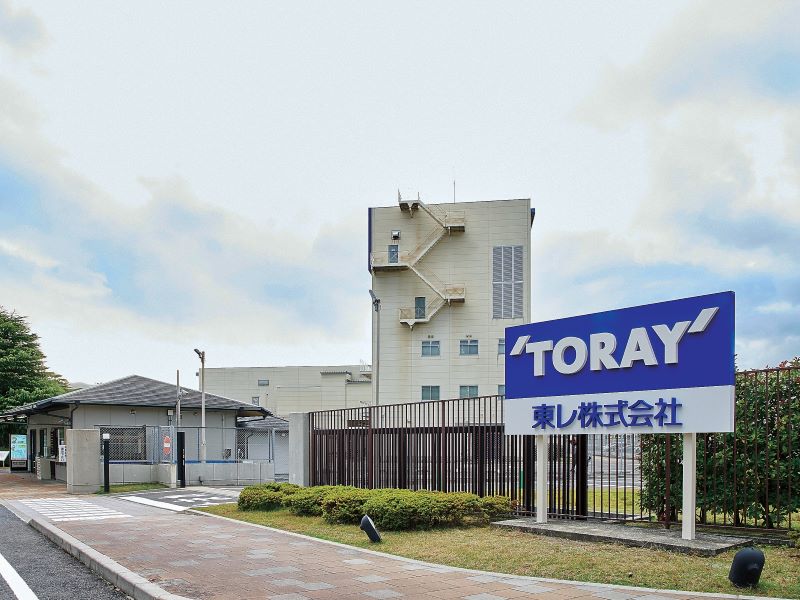
Last month, Options visited Toray’s Seta Plant in Ōtsu, the capital city of Shiga Prefecture, Japan, to discover more about the partnership as well as the hard work that goes into making HeatTech, in conjunction with the product’s 20th anniversary. One thing for certain, both parties are constantly refining their skills to develop clothes with advanced technologies, year after year.
Four types of fibres are currently used in HeatTech: rayon, acrylic, polyester and polyurethane, each bearing unique properties that can be blended into a fabric with multiple functions focusing on heat absorption and retention.
Toray’s Engineering Development Center inventor Naoki Oka showed us the circular knitting machine and procedures used to combine the filaments to turn them into fabric. “The fibres have their own properties. For example, acrylic and rayon are good for generating heat. Meanwhile, polyester-polyurethane is great for dyeing and making the clothes stretchy,” he says.
“When mixed together, the fibres are able to wick moisture from the human body and convert the kinetic energy into heat.”
Rayon is especially highly absorbent; so, it can easily absorb sweat and moisture. This process triggers movement between the skin and HeatTech fabric, creating kinetic energy, which is then converted into thermal energy. As a result, the heat helps keep the body warm.
style_6.jpg
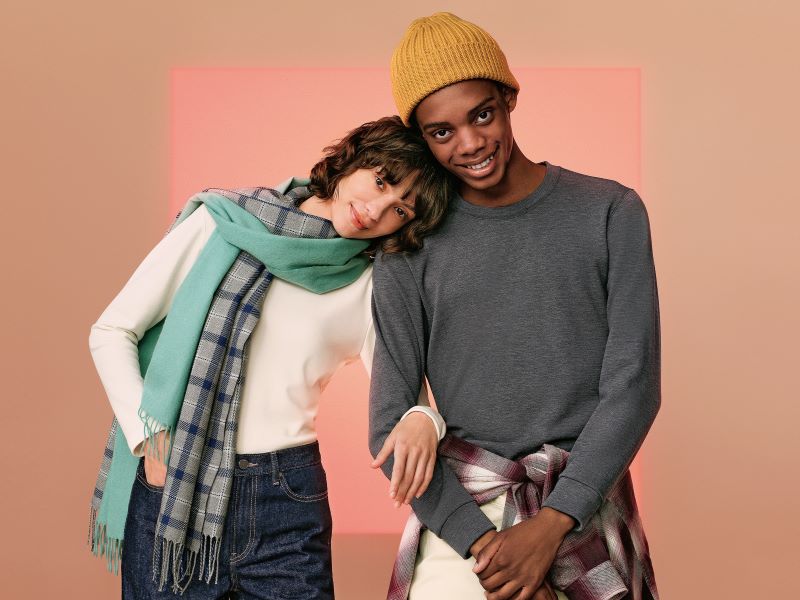
As the ultimate goal for the apparel is to be thin and lightweight, yet warm, Uniqlo, backed by Toray’s technology, has introduced new ultra-light material to celebrate 20 years of HeatTech. The thinnest HeatTech ever made created — the top, soft and comfortable on skin, with just the right amount of sheerness — uses ultra-fine fibres, making it 20% lighter than previous innovations.
There are three types of HeatTech in the market, with different heat retention properties and thickness for chilly fall days to freezing winters. HeatTech is a light, thin piece recommended for daily wear; HeatTech Extra Warm is made for very cold days; and HeatTech Ultra Warm is perfect for outdoor activities during extremely cold days, as it is about 2¼ times warmer than regular HeatTech.
Besides top quality innerwear, there are other clothing items and accessories that benefit from the innovative material such as bottoms, leggings, beanies, socks and gloves. With every passing season, the retailer continues to expand the collection by introducing new colour variations and materials to cater for different needs and styles.
Uniqlo’s partnership with the textile manufacturer goes beyond producing the thinnest thermal fabrics for winter wear. Both companies are committed to a healthy environment and society. Uniqlo’s path towards sustainability started in 2001 when it introduced the Fleece Recycling programme before broadening its effort to collecting all kinds of clothing for donation to refugees worldwide in collaboration with the United Nations High Commissioner for Refugees.
231120_tour114.jpg
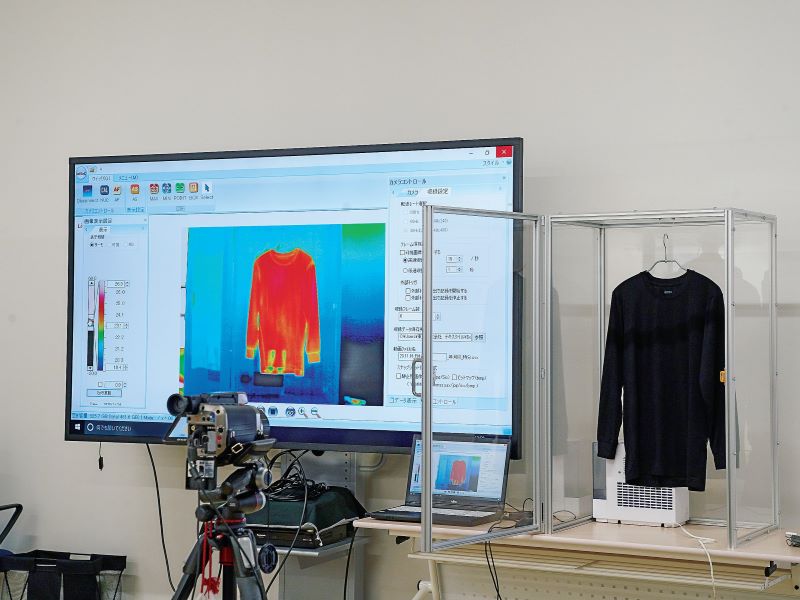
Fast forward to 2020, the initiative to avoid waste and extend the life cycle of apparel was revamped under the new banner Re.Uniqlo. The reuse and recycle programmes include gathering pre-worn clothes for solid fuel, soundproofing material for cars and insulation.
Toray also developed a system for extracting and reusing down from used products collected at Uniqlo stores around Japan called Recycled Down. In 2019 alone, 620,000 down jackets were used for the retailer’s first ever clothing-to-clothing recycled project for its 2020 Fall/Winter collection.
To recycle the down jackets, items collected from outlets with Re.Uniqlo boxes are sent to Toray factories for sorting, cutting, separating and collecting. At the Seta Plant, a textile machine — which can process up to 40,000 recycled down jackets a month — cuts up tonnes of these outerwear into smaller pieces and uses windflow to separate down and feather from fabric. When down is collected, unwanted properties such as dust is removed and the feathers are cleaned and dried before being reused for new products. As much as 10kg of down can be used to make 200 jackets.
For 2023 Fall/Winter, Uniqlo collaborated with White Mountaineering, an outdoors-inspired streetwear label to welcome the latest range of Recycled Down, a unisex collection boasting a casual wave quilt design and relaxed silhouette. Crafted from recycled polyester and down, the jacket comes in black, brown and olive.
231120_tour232.jpg
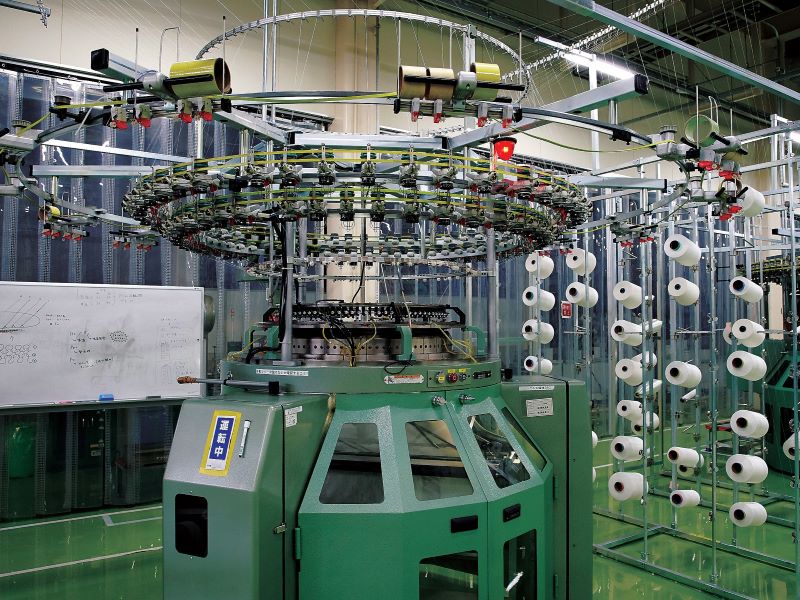
At the moment, the Recycled Down programme is implemented and processed only in Japan “because the way pre-owned clothes are treated is sensitive”, says Oka. Can other parts of the world look forward to participating in this sustainable project in the near future? “We are definitely working towards collecting clothes from elsewhere for recycling and reuse. And although the pre-loved items are gathered only from Japan for now, the newly made down products are sold worldwide,” he says.
Both HeatTech and Recycled Down jackets are tested in a weather simulation chamber at the Toray factory. The technology allows for the re-creation of various outdoor environments, from sunny and rainy days to snowy weather and winter storms, to ensure the products achieve their initial purpose, which is providing the wearer with maximum comfort in any circumstances.
Sharing the same values and goals, Uniqlo and Toray’s collaborative efforts underscore advanced Japanese technology. Toray president Akihiro Nikkaku says: “We will continue to offer customers around the world high-quality clothes with the functionality and sensitivity of our materials through Uniqlo. We are committed to providing convenience for customers and realising a more prosperous society.”
As the two companies strive towards innovation, excellence and permanence, it is possible that more revolutionary products will be rolled out in the market for years to come.
This article first appeared on Dec 18, 2023 in The Edge Malaysia.


